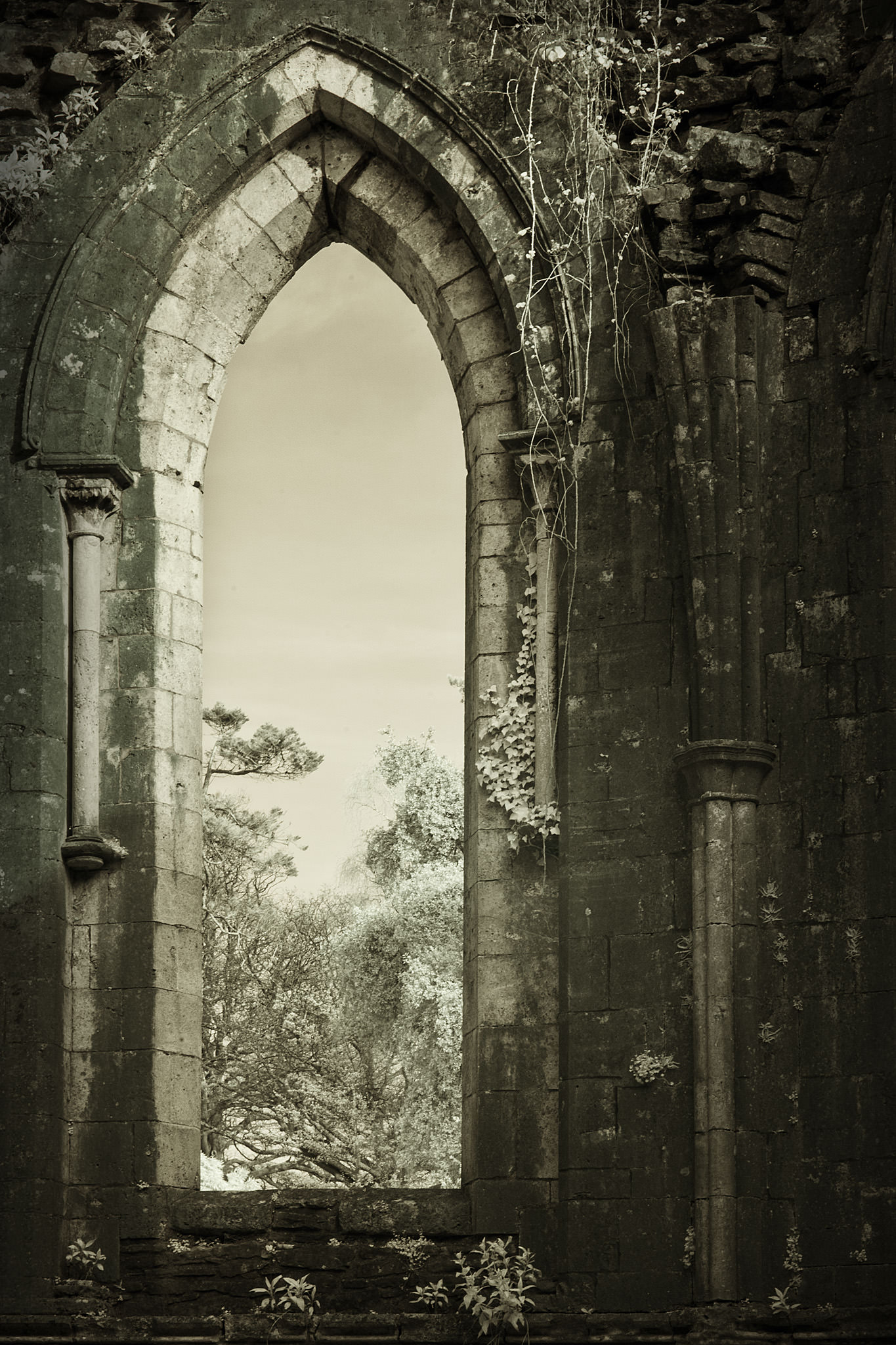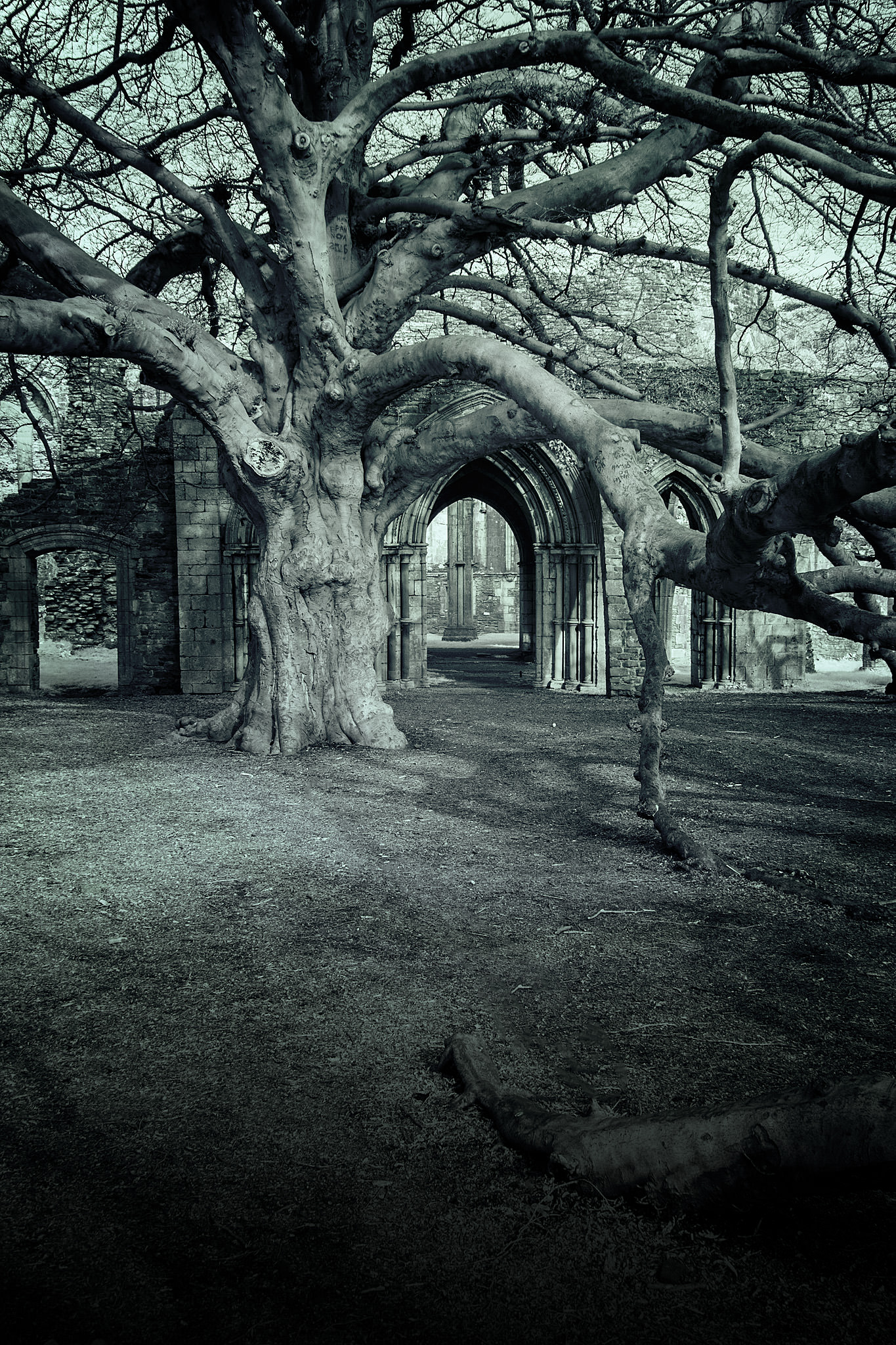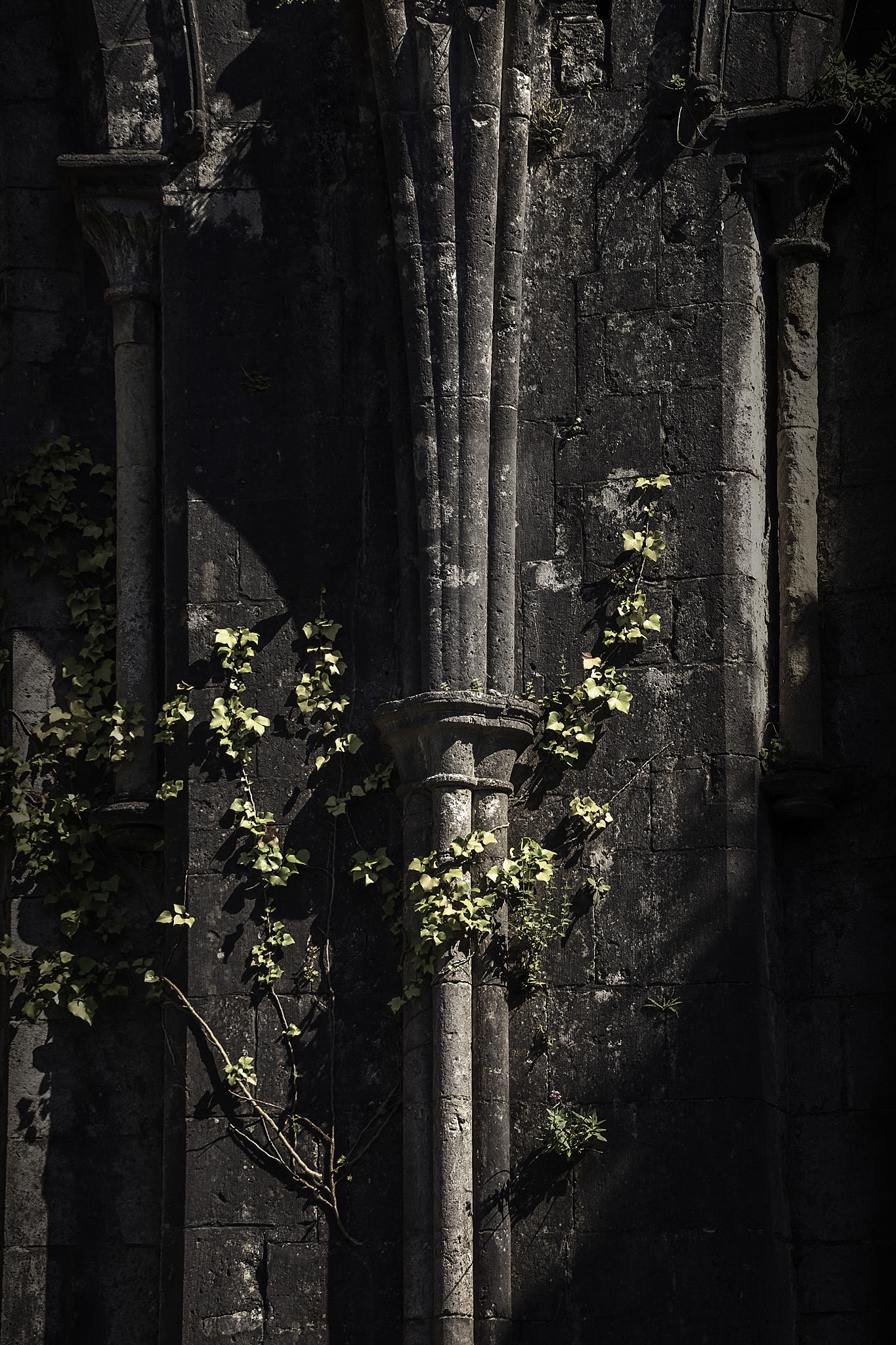Margam Abbey, South Wales

Upon the death of the first Norman lord of Glamorgan his daughter Mabel inherited his vast estates. Henry I decided that a match between his illegitimate son Robert and Mable would be made. In 1121 Robert and Mable were married and Robert was granted the Earldom of Gloucester and the Lordship of Glamorgan.
Robert Earl of Gloucester, besides being the eldest illegitimate son of Henry I, he was also half brother to Empress Matilda and leader of her cause to become Queen of England.
Just before Robert’s death in 1147, he founded Margam Abbey and endowed it with 18,000 acres. Today Margam Park is just over 850 acres.
Margam was to be the daughter house of Clairvaux in France. Monks were sent from France to inhabit the new monastery.
The Abbey was soon farming over 7,000 acres but all did not go smoothly. In 1190 the Abbot was punished for not having observed the Chapter's prohibition on beer. In 1206 the lay brothers revolted and chased the Abbot 26 miles away from his Abbey. They then barricaded themselves in the dormitory and withheld food from the monks. In 1227 Welsh raiders attacked the Abbey and carried away its animals.
A charter by Robert of Gloucester written in 1147 grants to the monks of Clairvaux, all the land between the Kenefeg and Aven rivers: “from the brow of the mountain, as the aforesaid waters descend from the mountains to the sea, in the wood and in plain; and my fisheries of Aven, for founding an Abbey, free and quit of all customs, by consent of Mabilia (his wife) Countess, of whose inheritance the land forms part.”
Another charter written in 1170 by Robert’s son, William, confirms the grant and gives additional lands stating : “All of this land I grant to the monks, as it goes through the mountains, namely, from the source of Kenefeg water between the source of Redelf and Gethli-fret on into Red-Kewelthi, that is the ford of Kewelthi, into Aven, in wood and in plain, in fields and in pastures, and water, in moors and marsches; also all the fisheries of Aven, that no one may interfere with them on the other side, nor put their hand to fishing in the whole of Aven except by their consent. Also I grant them the fishery in Kenefeg water provided that my mill of Kenefeg be not affected by it. Also I grant to the same monks all wreck coming upon their land, and I enjoin that no one put hand upon that wreck except through the monks, and that no one meddle therein. I give also a certain burgage in Kenefeg and another burgage in Cardiff, i.e., Wiward Palmer, with his house and curtilage: a hundred acre of land.”
By 1291 the Abbey had an income of £256, making it the richest Monastery in Wales.
In 1336 the Abbey was recorded as having 38 monks and 40 lay brothers.
At the dissolution there were only 9 monks at the Abbey. Although once the greatest monastery in Wales, prosperity had decreased. By the time of the Dissolution, the Abbey was valued at £181. The Abbey was dissolved in 1536 and the monks dispersed. The nave of the abbey church was given to the parish and is still in use today. However little remains of the monastic buildings.
Near the church is the Margam Stones Museum, which is open to the public but with limited hours. These stones suggest an early Celtic Monastic community at Margam. The stones date from the 6th to 16th century. The collection contains 30 stones, of which 17 are pre-Norman.





